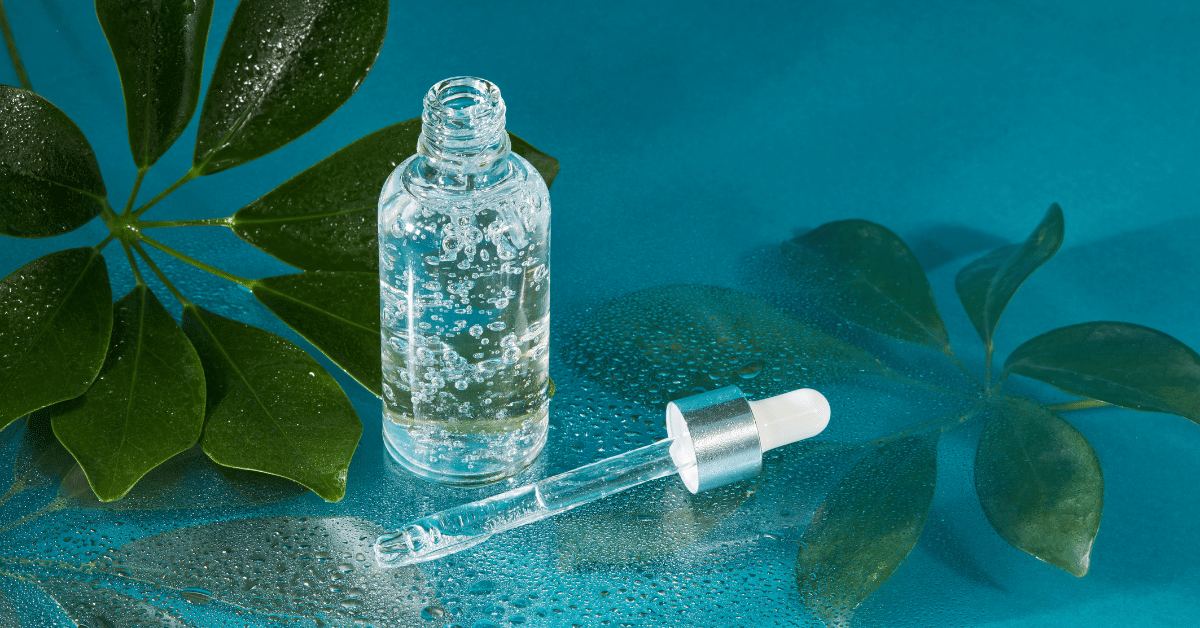
Our Blog

Peptides, Retinol, AHAs, Whats the difference?
So what’s the difference between Peptides, AHAs, and Retinol?
Peptides, AHAs, and Retinol are often mistaken for having the same effect on the skin but are very different.
PEPTIDES:
Peptides are short chains of amino acids that act as building blocks of proteins like collagen and elastin, both crucial for maintaining firm, youthful skin. As we age, the natural production of these proteins slows, leading to wrinkles, sagging, and dullness.
When applied topically through skincare, peptides signal the skin to produce more collagen, helping to improve elasticity, reduce the appearance of fine lines, and promote a smoother texture. They also aid in hydration and repair, making peptides a powerful ingredient in anti-aging skincare routines.
Incorporating peptide-based products can support your skin’s ability to restore and maintain its youthful resilience over time, offering a gentle yet effective approach to combat aging signs.
When it comes to anti-aging skincare, certain peptides are more effective at promoting youthful, healthy skin. Here are a few top choices:
- Palmitoyl Pentapeptide-4 (Matrixyl): Known for boosting collagen production, improving firmness, and reducing wrinkles.
- Copper Peptides: A potent peptide that promotes wound healing, collagen production, and antioxidant effects.
- Acetyl Hexapeptide-8 (Argireline): Often called “Botox in a bottle,” it relaxes facial muscles, helping to reduce wrinkle formation.
- Tripeptide-1 (Collagen Peptide): Supports the skin’s repair process and improves elasticity.
Incorporating these peptides into your skincare can help combat aging signs by boosting collagen, reducing wrinkles, and enhancing skin resilience. Peptides essentially “communicate” with the skin, encouraging it to regenerate and maintain a youthful, healthy appearance.
AHA’s (Alpha Hydroxy Acids):
Alpha Hydroxy acids (AHAs) are a class of chemical compounds that occur naturally in fruits, milk, and sugar cane. Although they are called acids they are not to be confused with strong industrial acids such as hydrochloric acid and sulfuric acid. The AHAs most commonly used in cosmetic products are glycolic acid (which is derived from sugar cane) and lactic acid (the substance that gives you muscle burn when you exercise).
These acids are natural exfoliants. They penetrate the skin down to the living layers, where they stimulate the cells to move faster and the cells begin to move up the layers and push out the dead cells. This is why you see shedding or peeling when using these acids because the dead cells are beginning to exfoliate.
This process works great for both non-inflamed and inflamed acne. Having chemical peels regularly, frequently, and consistently will dramatically change the appearance of your skin.
Both of these are excellent for the skin and can be used together or at different times during your skincare journey. You will need to work closely with your esthetician to decide which one, when, and how often you need to be using them. AHA’s can be very strong and can cause a lot of irritation and peeling. The skin needs to be conditioned gradually, starting usage a couple of days a week and moving up from there. Using cleansers and toners with AHAs can also be helpful.
Retinol (Vitamin A Propionate):
Retinol, a form of Vitamin A, works by accelerating skin cell turnover, helping to remove dead skin cells and stimulate the production of new ones. It also promotes collagen production, which helps to firm the skin and reduce fine lines and wrinkles. Additionally, retinol helps to improve skin texture, reduce hyperpigmentation, and clear acne by unclogging pores.
However, retinol can cause initial irritation, dryness, or peeling, which typically lessens as the skin builds tolerance over time.
Each ingredient—peptides, retinol, and AHAs—offers distinct anti-aging benefits. Here’s a breakdown:
– Peptides: Boost collagen production and skin repair. They’re gentle, great for sensitive skin, and help improve elasticity and texture over time.
– Retinol: A powerful vitamin A derivative that speeds up cell turnover and collagen production. It’s effective for reducing wrinkles but can be irritating, especially for beginners.
– AHAs (Alpha Hydroxy Acids): Exfoliants like glycolic and lactic acid that remove dead skin cells, revealing smoother skin and reducing fine lines. They’re ideal for improving texture and skin tone.
Which is better? It depends on your skin type and goals:
– For collagen boosting: Peptides
– For wrinkle reduction: Retinol
– For smoother, brighter skin: AHAs
Many skincare routines combine these ingredients for comprehensive anti-aging benefits.
Different skin issues have different needs, depending on the condition, season, age, and diet. Think of it this way, AHA’s are for exfoliation, reduction of inflammation, acne, and oily skin. Peptides are great for skin showing the signs of aging, they help to hold the skin tight, stimulate collagen and elastin production, and give a more youthful skin tone.
Working with these ingredients in the office, really allows us to help clients achieve better skin tone, fade hyperpigmentation, and increase skin’s elasticity. It is for this reason that We chose Vivant and Hydropeptide skin care lines. These two lines have a medical grade of active ingredients and the results are just amazing!
Questions? Schedule a consultation today!

